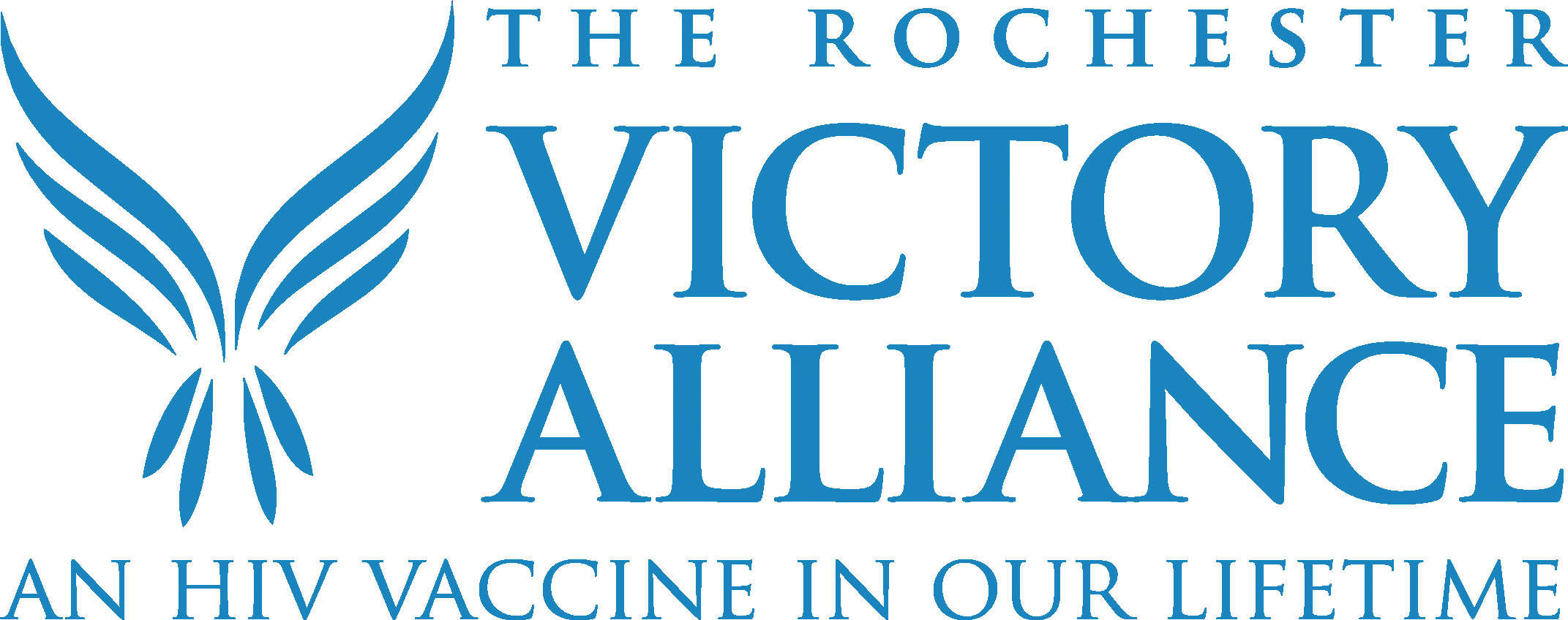NY Links Conference Sessions
Session Descriptions
QI Tools Track
Fishbone Diagram by Laura O’Shea, NYSDOH-AIDS Institute
Let’s go fishing! The fishbone diagram is a tool that identifies many possible causes to a problem and troubleshoots possible solutions. Will you be able to catch a keeper…let’s find out!
AIM Statements facilitated by Kelly St.Clair, NYSDOH-AIDS Institute
Who, What, Where When and Why? The AIM statement lays out the key ingredients for your quality improvement project. Those who attend will participate in developing a complete AIM statement related to the work they do. Answers the basic question, “Hey, what are you doing?”
Plan, Do, Study, Act facilitated by Febuary D’Auria, NYSDOH-AIDS Institute
Place, Duck and Slip Away. No, wait, that’s not right. Join this session to learn what PDSA is all about. Learn how to do it the right way and what each step entails. Come and hear about the rule of ones and rapid tests of change. Embrace the cycles as you embark on an upward path of improvement.
SWOT Analysis facilitated by Kelly St.Clair, NYSDOH-AIDS Institute
SWOT (strengths, weaknesses, opportunities, and threats) analysis can help organizations develop strategic moves and get ahead of situations. SWOT analysis assesses internal and external factors, as well as current and future potential.
Process Mapping facilitated by Febuary D’Auria, NYSDOH-AIDS Institute
Before GPS we all relied on a map to get us to our destination. Process Mapping is a key quality improvement tool which creates a visual diagram, a roadmap, of the steps involved in your work.
Provider / Data Track
Drug Checking: A Harm Reduction Tool facilitated by Kasuma Anand and Purity Jones, Southern Tier AIDS Program; Michelle McElroy, ACR Health
This session covers drug checking as a critical harm reduction technology to identify certain contaminants in the illicit drug supply. Still, many providers may be unaware of these resources and best practices for their use. Understanding these technologies is critical to mitigating the negative impact of an unregulated illicit drug supply on PWUD (people who use drugs).
Indigenous Health and Well Being: A Competency Training facilitated by Pete Hill
Bureau of HIV/STI Field Service: An Overview of Partner Services facilitated by Katherine DiBenedetto, NYSDOH-AIDS Institute
What is Partner Services? This session will cover an overview of Partner Services and the work that Disease Intervention Specialists (DIS) do to identify, track and prevent transmission of infections within our community. When it comes to Early syphilis, gonorrhea, and chlamydia, the Rochester Region continues to experience higher rates compared to Rest of State outside of NYC. Come and hear about the HIV and syphilis rates and trends in the Rochester Region.
Loving Well with Language: Sexual Health Promotion and Addressing HIV Stigma by Natalie LeBlanc, University of Rochester, School of Nursing
This interactive session will give participants the opportunity to explore the concept of Loving Well in the context of HIV prevention, treatment and care, as well as sexual and mental health and wellness more broadly. Participants will engage in self-reflection and group activities to help curate the concept from an anti-stigma lens.
Keep Gender Out of Your Mouth facilitated by Kristen MacKay and Megan Honeck, Center for Community Practice
This interactive session will provide an overview of gender-neutral language and the importance of using gender-neutral language in HIV prevention and other supportive services. Participants will have the opportunity to practice using gender-neutral language in several interactive activities.
Consumer / Provider Track
Quality Basics for Consumers facilitated by Rich Fowler, Trillium Health
This session will provide an introduction to Quality Improvement and an overview of The Model for Improvement, touching on the roles the agency and the community. The intent is to offer a glimpse of the upcoming regional Ryan White consumer training.
Peer Community Empowerment facilitated by Chris Abert, NY Recovery Alliance
Harm reduction began as a grassroots movement led by people who use drugs. This has led to the development of programs and organizations created “by and for” people who use drugs. This session describes best practices for the design and delivery of harm reduction programming through community empowerment by people who use drugs (including current and past use) for people who use drugs.
Identifying Gaps and Strengths in HIV Prevention Access facilitated by Holly Eckelberger, Center for Community Practice
This interactive session will give participants the opportunity to identify strengths and gaps in various aspects of HIV prevention. Participants will have opportunities to network and increase awareness of services that exist in the community to help bridge the existing gaps in services.
Engaging Consumers in Quality facilitated by Rich Fowler, Trillium Health
This session is designed to provide an overview of ways other than an advisory board that an organization can use to gather consumer feedback and engage consumers in the quality process. In the vein of the NY Links Continuum of Consumer Involvement we will help you to connect with those you serve.
Xylazine and Wound Care facilitated by Jose Martinez, National Harm Reduction Coalition; Ann Breidenstein, Best Self
The session will cover topics such as the risks associated with xylazine use, best practices for identifying and treating wounds, conventional strategies for improving engagement in wound care among people who use drugs, and harm reduction-focused resources and recommendations.
